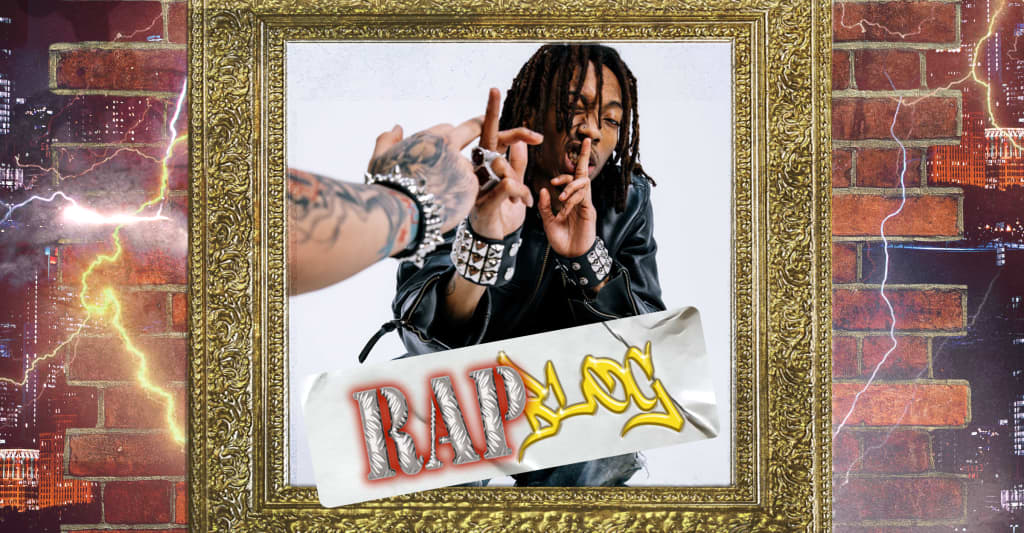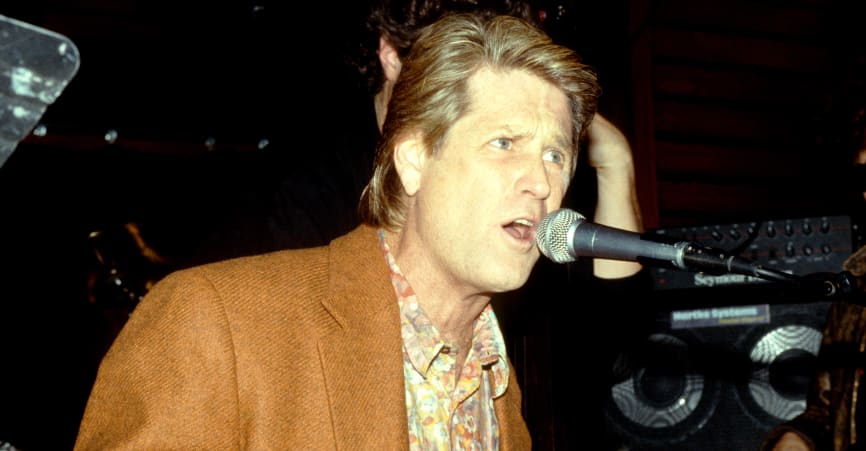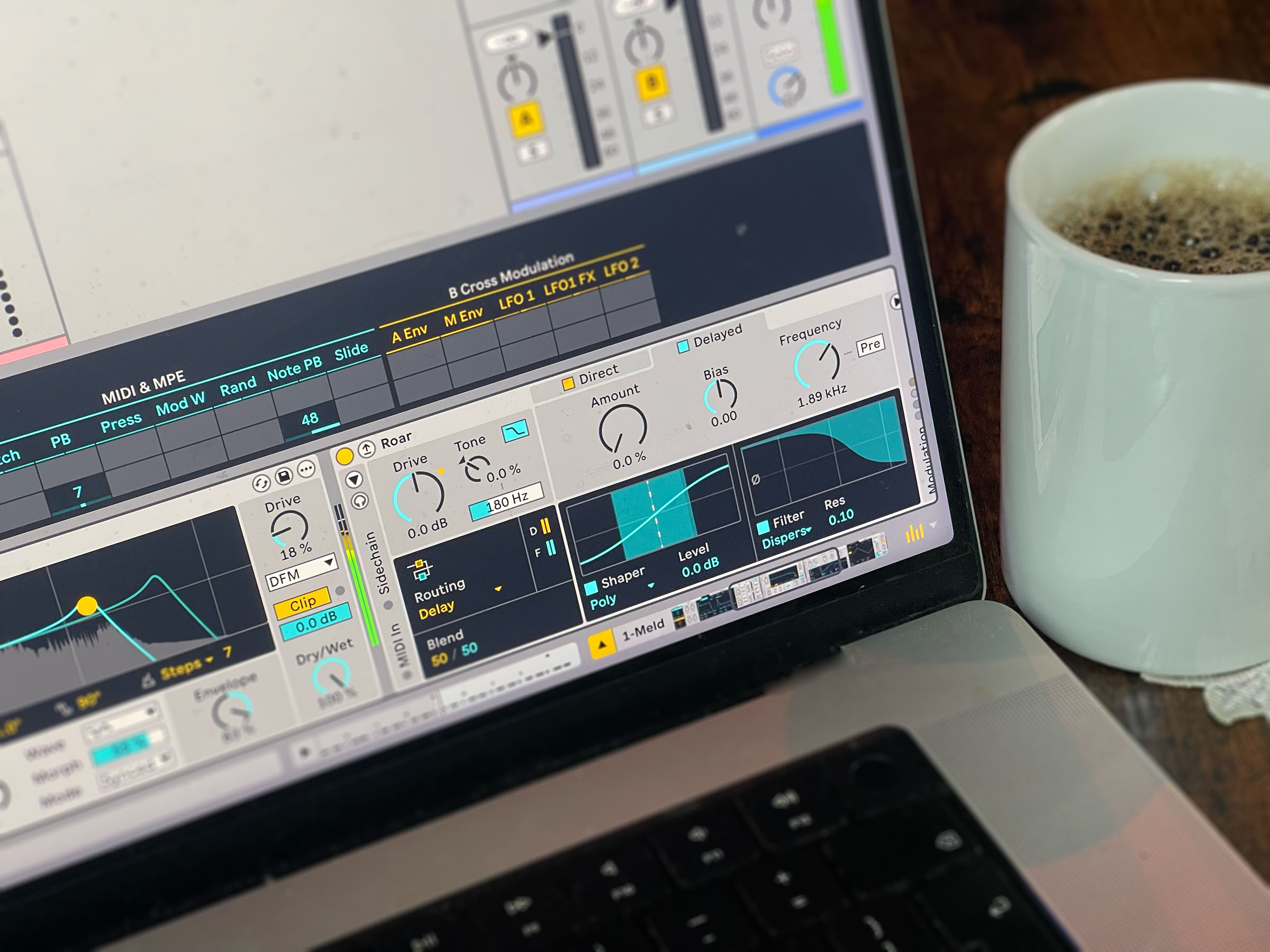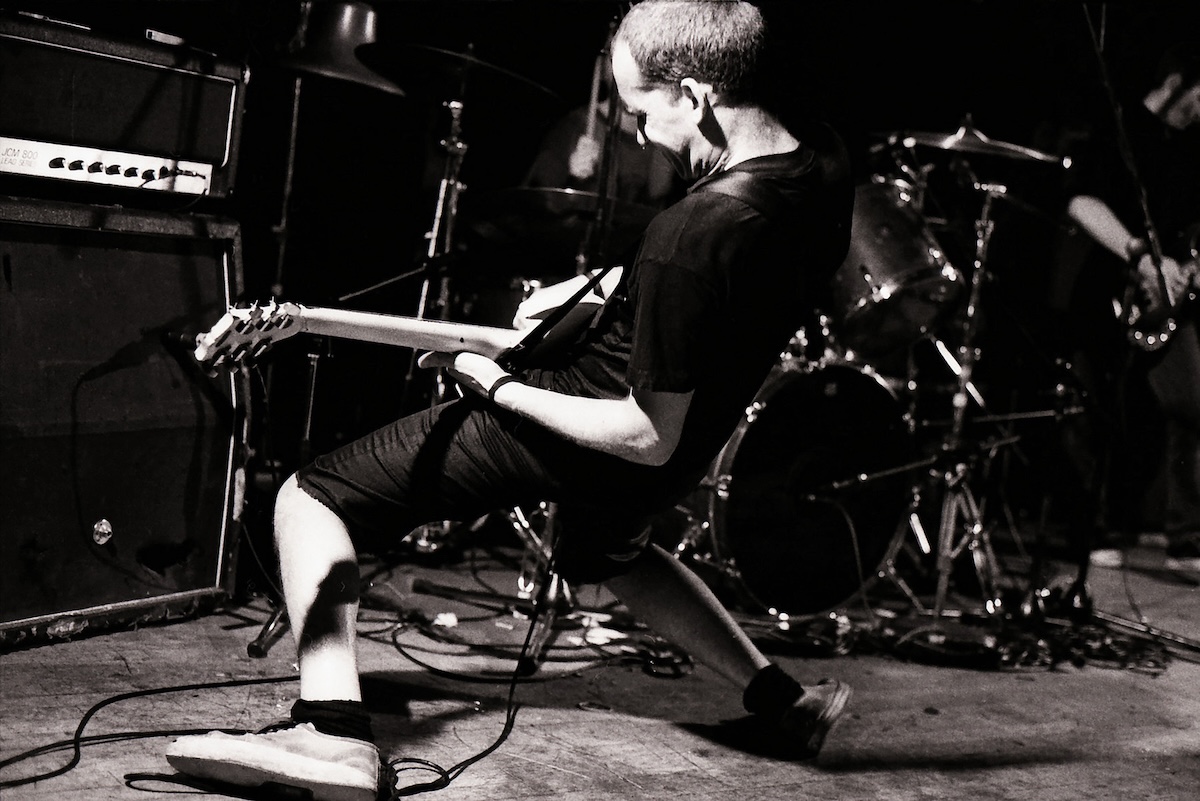The Cloverfield Paradox (2018) Revisited – Sci-Fi Horror Movie Review
The Revisited series looks back at the black sheep of the Cloverfield trilogy, Julius Onah's The Cloverfield Paradox The post The Cloverfield Paradox (2018) Revisited – Sci-Fi Horror Movie Review appeared first on JoBlo.
Imagine watching Cloverfield and 10 Cloverfield Lane, thinking, “Wow, what an interesting anthology of terrifying, mysterious scenarios wrapped in a neat little multiverse mystery box.” Now imagine getting The Cloverfield Paradox, a film that feels like that mystery box was dropped, kicked into space, and exploded in a microwave filled with bad ideas. Welcome to the most baffling entry in a once-promising franchise: The Cloverfield Paradox—a movie so surprising it was announced, advertised, and released within the span of a single Super Bowl night in 2018. And not because it was too good to wait, but more like they didn’t want you thinking too hard about it before you watched. This is the messy, overcooked lasagna of the Cloverfield universe. Today, on Horror Revisited, we’re diving headfirst into its confusing creation, Netflix dumping, dimensional weirdness, and why even talented actors can’t save a script that plays like it was generated by a particle accelerator gone wrong.
The origins of The Cloverfield Paradox can be traced back to a completely unrelated film called God Particle. Written by Oren Uziel around 2012, it was a sci-fi thriller set aboard a space station where a particle accelerator experiment causes Earth to vanish. The pitch was compelling and fresh: a closed-setting thriller in the stars, full of paranoia, scientific horror, and existential dread. Produced by Paramount and J.J. Abrams’ Bad Robot Productions, God Particle was in line with Bad Robot’s love for mysterious, twisty genre films. However, it wasn’t until production that someone somewhere said, “Wait… what if this was a Cloverfield movie?” Rather than build the Cloverfield mythology organically, they retrofitted God Particle into the third entry of the anthology. This late-stage Clover-fication of the project was largely a strategic move. After the surprise success of 10 Cloverfield Lane, which started life as a standalone script a.k.a. The Cellar, Abrams and team realized there was value in taking completed or nearly-complete films and branding them with the Cloverfield name to help launch a loose shared universe. But while 10 Cloverfield Lane benefitted from its minimal connections and strong storytelling, Paradox took the opposite route: a sledgehammer approach to lore that only raised more questions than answers.
Julius Onah, a relatively unknown director at the time, was brought in to helm the newly-titled The Cloverfield Paradox. The film stars a wildly talented cast: Gugu Mbatha-Raw, David Oyelowo, Daniel Brühl, Chris O’Dowd, Zhang Ziyi, Elizabeth Debicki, and John Ortiz. That’s a killer lineup. And yet somehow, this ensemble ends up feeling like a Star Trek cast stuck in an HR training simulation. Or maybe it’s like the USS Callister from Black Mirror… you can decide. The film takes place mostly aboard the Cloverfield space station, see what they did there, where a multinational crew is tasked with solving Earth’s energy crisis using a massive particle accelerator called the Shepard. But when they finally fire it up, it causes the Earth to seemingly disappear, reality to bend, and logic to completely exit the script. Worms appear inside people. A woman is found inside a wall. Chris O’Dowd’s arm is severed and starts writing notes on its own. At one point, a character vomits up worms like it’s an episode of Fear Factor: Quantum Edition. There’s no internal logic. It’s just a series of “wouldn’t it be weird if?” moments strung together by high-concept babble.
So what is the plot? Essentially, the Shepard experiment flings the crew into an alternate dimension where a different version of the station exists, and chaos ensues. But the movie never really defines its rules. Instead, we get vague suggestions that the particle accelerator “tore open reality” and allowed monsters, time shifts, and paradoxes to flow through. On Earth, we occasionally cut to Gugu Mbatha-Raw’s character’s husband running around a ruined city that may or may not be under attack from a Cloverfield-style monster. These scenes feel like they were shot last-minute to remind you, “Hey, this is still a Cloverfield movie!” Except it feels more like a ghost of the franchise haunting a totally unrelated film. It’s at this point we actually miss following around Rob, Hud, Marlena and Lily in the first film. We’d actually take the shaky cam shots if that helps to add some fun! The connections to the previous films are paper-thin. The monster that briefly shows up at the end? It looks vaguely like the one from the first movie, but now it’s enormous, towering above the clouds. There’s also some mention of a multiverse and dimensional rifts, which is meant to tie together the wildly different tones of Cloverfield and 10 Cloverfield Lane. But instead of deepening the mythology, it confuses it.

Here’s where things get extra weird. In early 2018, with The Cloverfield Paradox suffering from a troubled post-production and rumors swirling about poor test screenings, Paramount made a bold move. Rather than release the film theatrically like the first two entries, they sold the rights to Netflix. Reportedly, this deal helped Paramount recoup most of its investment instantly. Then, in one of the most bizarre marketing stunts in film history, a teaser trailer for The Cloverfield Paradox aired during Super Bowl LII. At the end of the teaser, Netflix dropped the bomb: the movie would be available to stream immediately after the game. No buildup. No press screenings. Just boom: here it is, go watch. In an era obsessed with spectacle and surprise, this was a marketing move that demanded attention. But as the dust settled and the movie was actually watched, excitement curdled into confusion, and awe turned into outrage. It worked like a charm—for a little while. Twitter exploded. Articles were written before the credits had even rolled. Fans were glued to their screens. For those few post-Super Bowl hours, The Cloverfield Paradox became a cultural moment, a phenomenon that people felt they had to watch, if only to be part of the shared experience. In a sense, everyone involved got what they wanted: buzz, headlines, and attention. And then… people actually watched the movie.
The Cloverfield Paradox was, by most accounts, a messy, undercooked sci-fi pastiche—less a narrative expansion and more a collection of half-baked ideas duct-taped together in orbit. The surprise drop, which had felt so exciting just hours earlier, now seemed like a bait-and-switch. Audiences who thought they were getting a carefully constructed new chapter in the Cloverfield saga instead got a repurposed sci-fi script hat had been retrofitted with Cloverfield elements late in production. Critics and audiences alike were baffled. The film currently sits at a lowly 21% on Rotten Tomatoes. Most reviews echoed the same sentiment: great cast, intriguing setup, but wasted potential and nonsensical plotting. Even fans of the franchise were left scratching their heads. Worse yet, the move hurt the brand. Cloverfield had been built on mystery, yes, but also on quality. Both previous entries—regardless of genre—had felt inventive and bold. The Cloverfield Paradox, by contrast, felt cheap. Lazy. Tacked-on. The trust that had been built between the filmmakers and the fans cracked under the weight of unmet expectations.
What stung the most was how aggressively Paradox tried to over-explain the Cloverfield mythology. Where the first two films succeeded because of ambiguity, mystery, and suggestion, Paradox tried to define everything in one breath: monsters, aliens, energy crises, multiverses, time loops—it’s all here, and none of it lands. The problem isn’t that the film asks big sci-fi questions. It’s that it fails to give those questions emotional or thematic weight. Everything feels thrown in, not built up. It’s as if the filmmakers were trying to duct tape a cinematic universe together in real time.
Let’s be clear: this cast deserved better. Gugu Mbatha-Raw tries her absolute hardest to inject humanity into a paper-thin character arc involving the death of her children in her home dimension. David Oyelowo brings gravitas to a nothing role. Daniel Brühl, usually magnetic, is given zero to do. Chris O’Dowd is meant to be comic relief, but even his charm can’t salvage the script’s confused tone. Elizabeth Debicki, who shows up halfway through the movie as a version of a crew member from another dimension, does her best with what she’s given, but again, it’s like watching great musicians try to play a symphony written in crayon.
The biggest issue with The Cloverfield Paradox is that it tries to do too much without earning any of it. The attempt to link it to the wider Cloverfield universe smothers what could have been a neat little sci-fi thriller. Had it remained God Particle, with a tighter script and a more focused narrative, it might have stood on its own. If the film had embraced its cosmic horror potential—think Event Horizon meets The Thing, with a little bit of Sunshine on top and focused less on forced franchise connections, it could have carved a new identity within the genre. Instead, it became the awkward middle child of a series trying to find its purpose.

Okay, okay, it’s not all bad. The production design is decent. The space station looks cool. Some of the horror moments—like the arm sequence and the inexplicable wall-woman—are eerie and intriguing, even if they don’t make sense. And the idea of exploring the Cloverfield universe through alternate dimensions is still interesting. There’s a good movie buried in here somewhere, maybe even a great one. It just needed a better script, more clarity, and a little less studio meddling and more shaky cam… always more shaky cam!
After Paradox, the Cloverfield name took a hit. For a while, fans weren’t sure if the series would continue. But Abrams has since hinted that a “true” theatrical sequel to the original Cloverfield is in development—one that follows through on the story instead of dancing around it.
If anything, this film is a cautionary tale. Slapping a brand name on a movie doesn’t guarantee success. You still need story, vision, and, you know, a plot that makes sense. You should also try to release your film into theaters and not dump it right to streaming. Give the movie a chance to breath and connect with audiences. Who knows? Maybe it would have played as a better experience. Maybe people would have been immersed in the claustrophobic setting, instead of being able to half watch at home, snug on their couch while scrolling through social media and half paying attention to it.

In the end, The Cloverfield Paradox isn’t the worst movie ever made, but it might be one of the most disappointing. It took a promising idea, a fantastic cast, and an exciting franchise and diluted them into something bloated and directionless. It tried to answer questions that didn’t need answers and ended up creating more confusion than cohesion. Compared to the raw intensity of Cloverfield and the tense claustrophobia of 10 Cloverfield Lane, this film feels like an overcomplicated footnote. Still, it’s worth revisiting as a lesson in franchise filmmaking. Not every story needs to be connected. Sometimes, a standalone tale with a clear beginning, middle, and end is more powerful than a tangled web of explanations.
The Cloverfield Paradox is the cinematic equivalent of waking up after a wild night and realizing someone put Cloverfield stickers all over a totally different movie. And now we all just kinda nod politely and pretend it belongs in the family photo.
Thanks for watching Horror Revisited. If you enjoyed this dive into quantum disappointment, please remember: never mix particle accelerators and franchise branding. It tears holes in the universe—and in your audience’s trust.
Two previous episodes of Revisited can be seen below. To see more of our shows, head over to the JoBlo Horror Originals channel – and subscribe while you’re at it!
The post The Cloverfield Paradox (2018) Revisited – Sci-Fi Horror Movie Review appeared first on JoBlo.




![‘The Life of Chuck’ – Mike Flanagan & Kate Siegel Spotlight the Horror Stars in Stephen King Movie [Video]](https://bloody-disgusting.com/wp-content/uploads/2025/06/Screenshot-2025-06-12-134913.png)
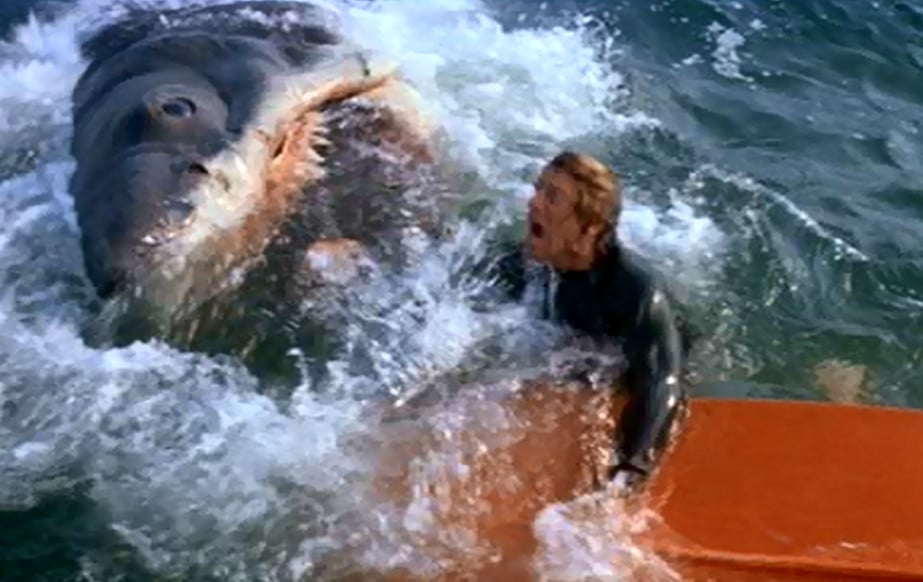
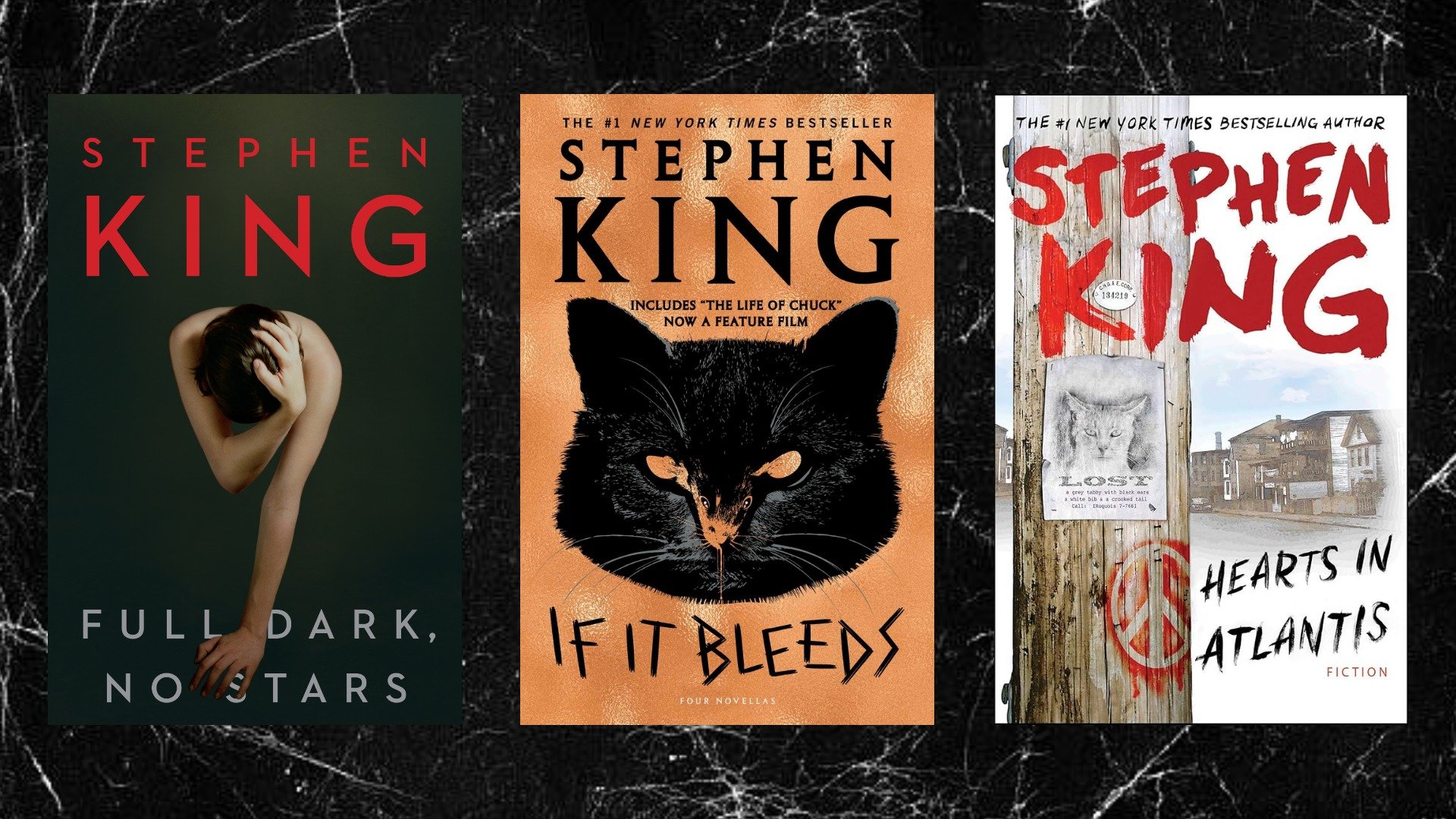






















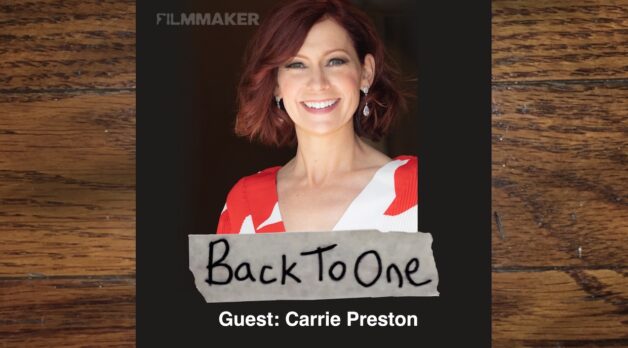

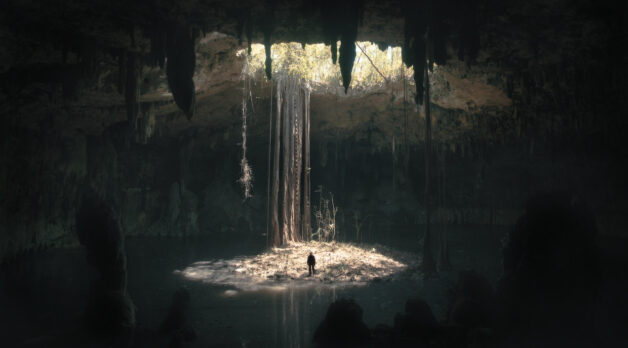























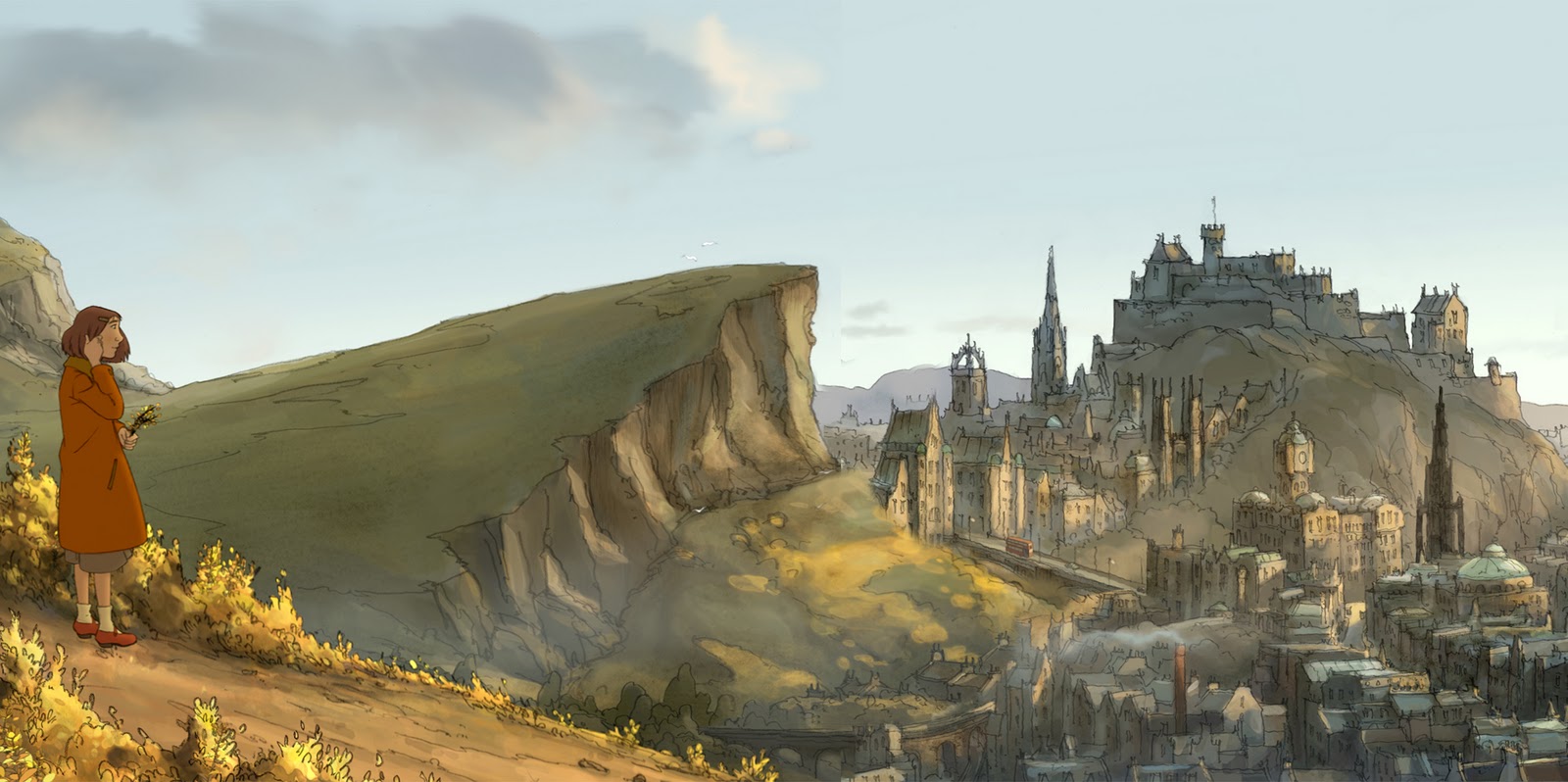




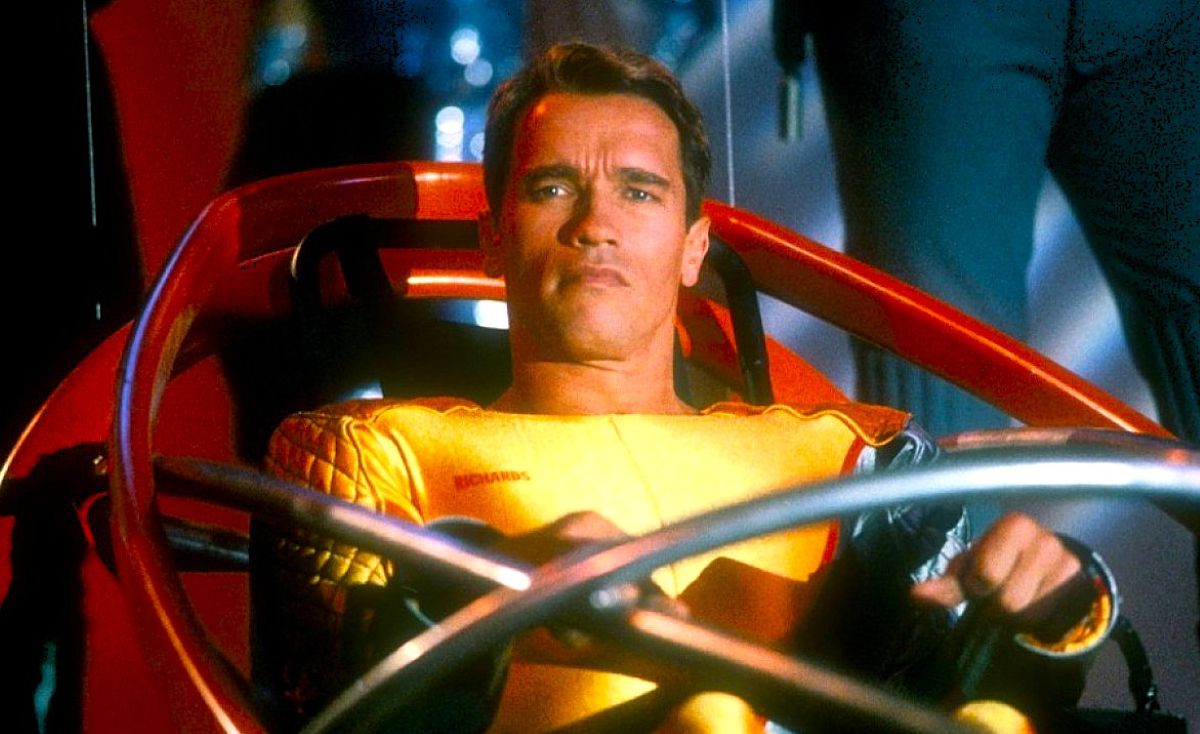











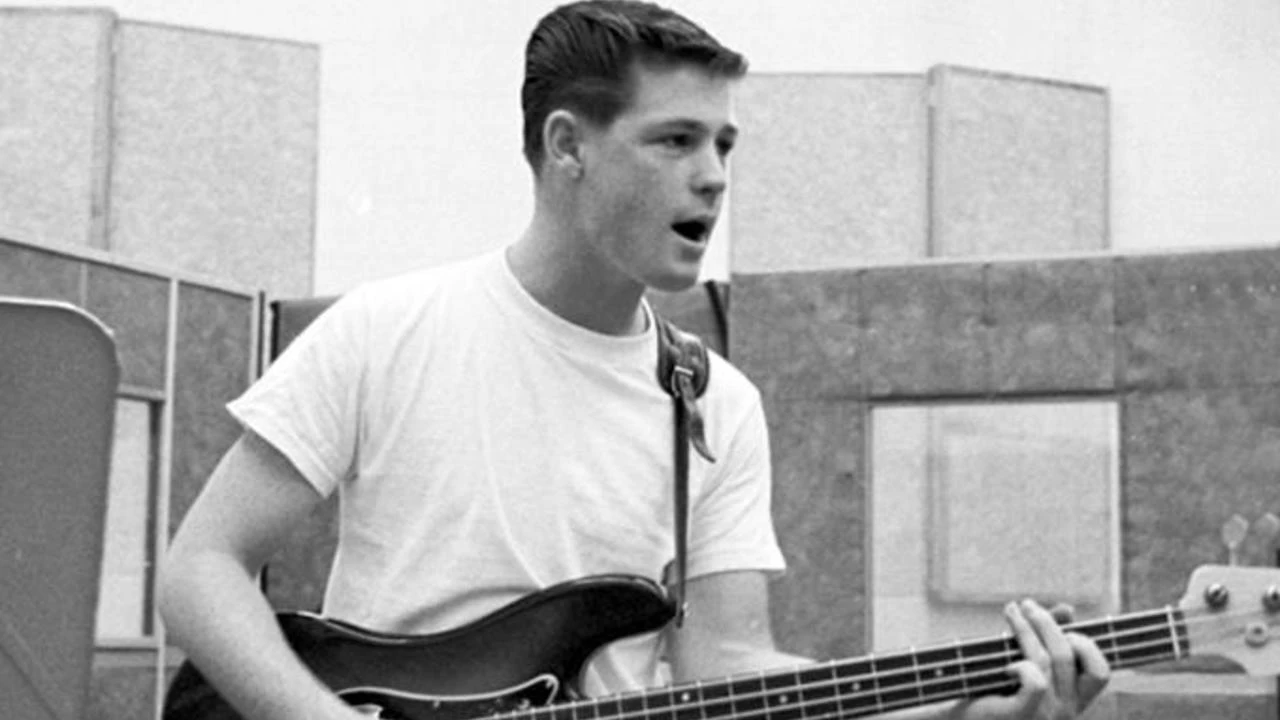
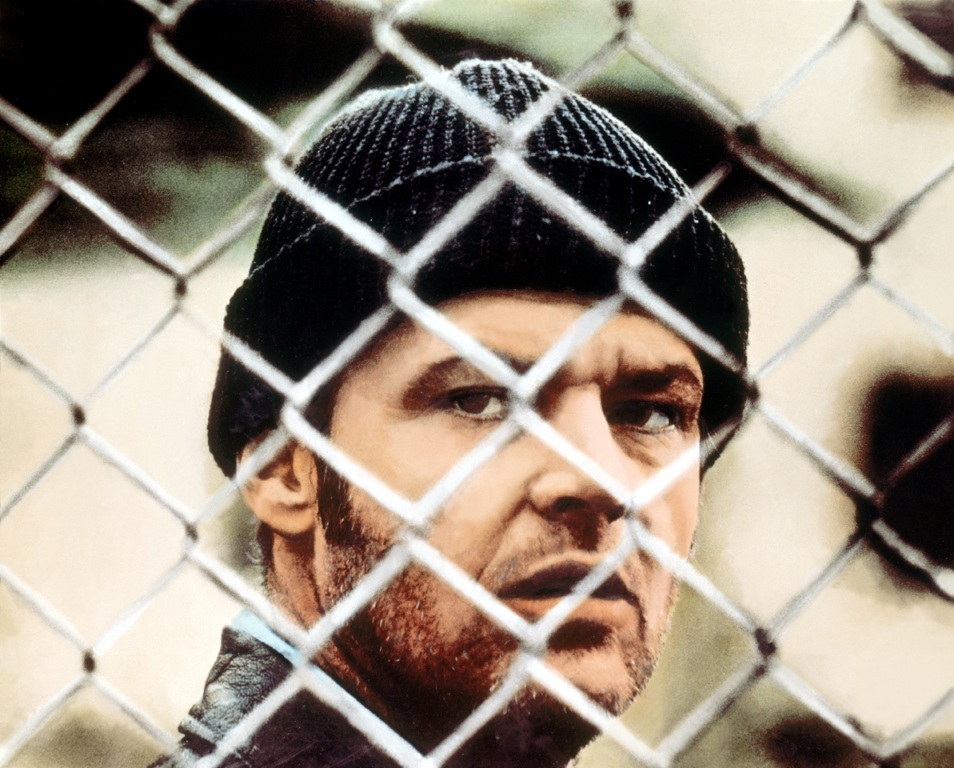
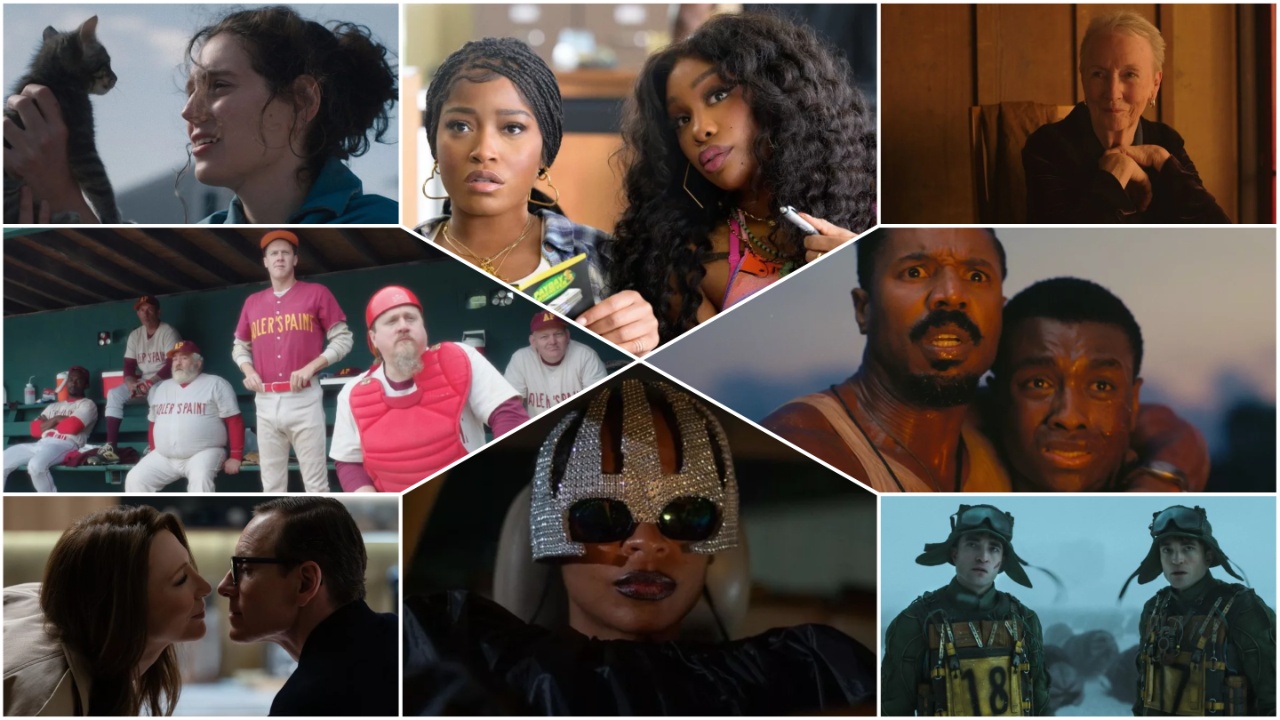








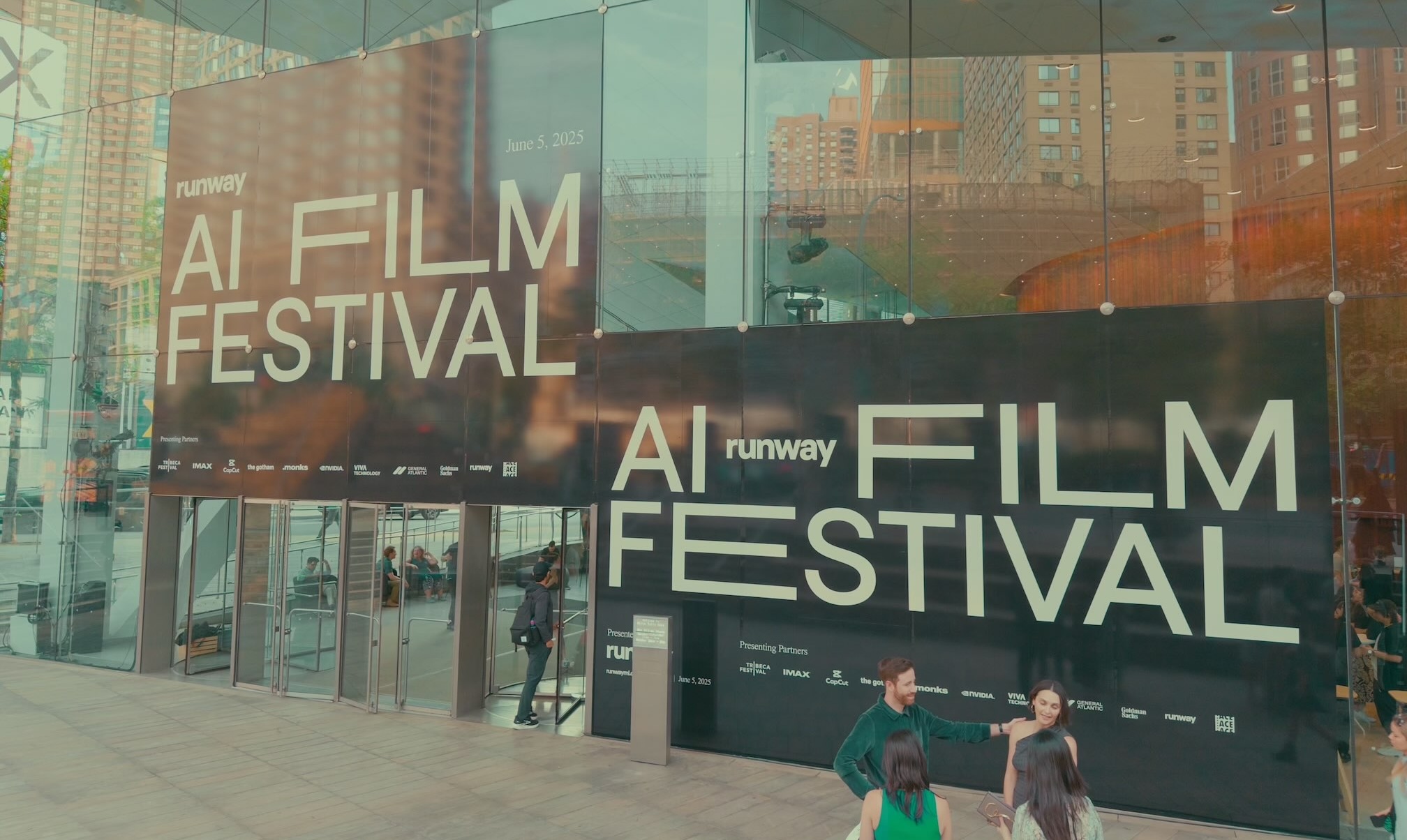



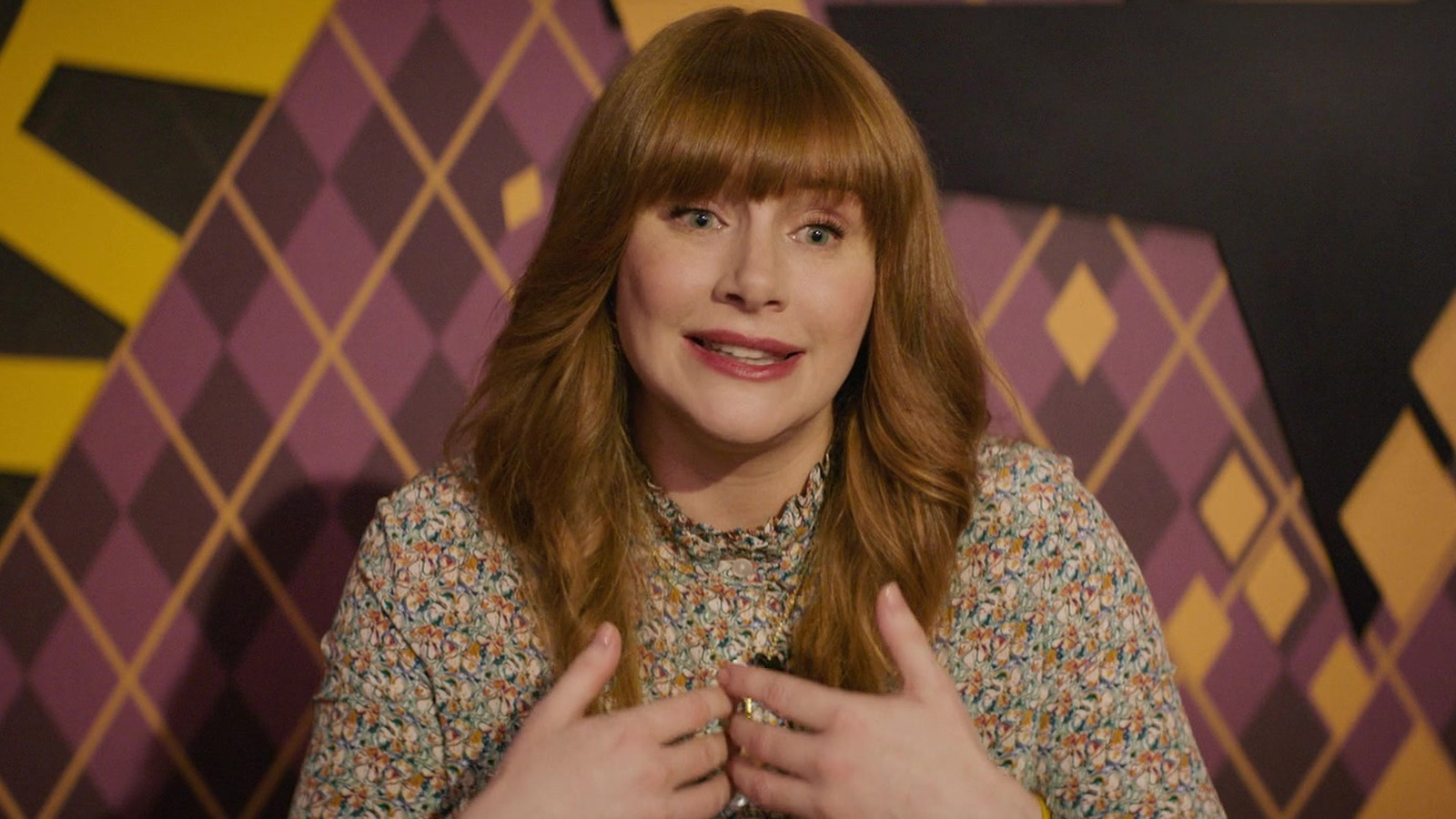









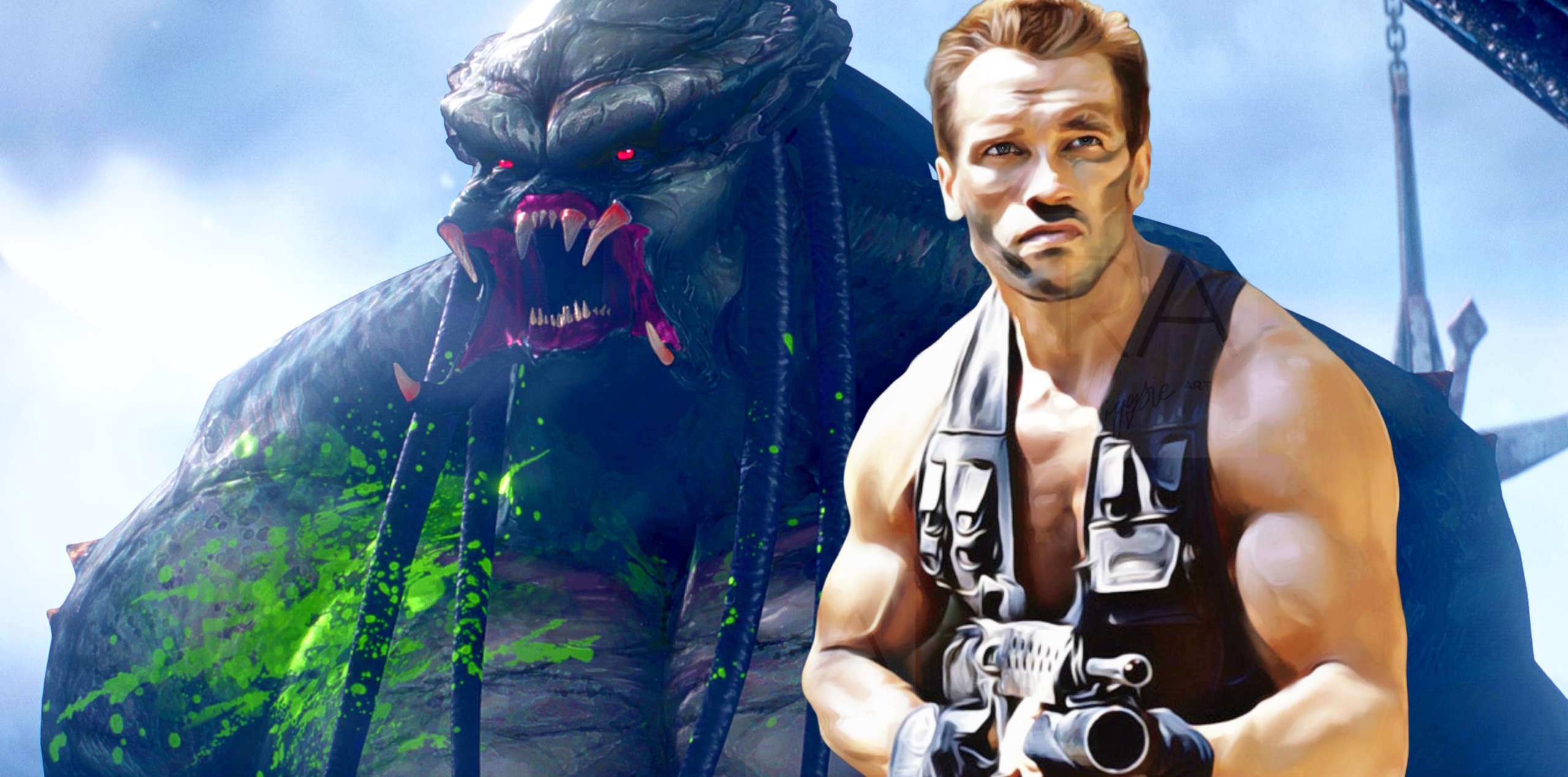


![‘Yellowjackets’: Christina Ricci Talks Misty Quigley’s Evolution, That Leather Jacket, Her Complicated Walter Bond & The Show’s Shifting Arc [Interview]](https://cdn.theplaylist.net/wp-content/uploads/2025/06/12125824/Christina-Ricci-Yellowjackets.jpg)

![‘Dying For Sex’: Creators Liz Meriwether & Kim Rosenstock Talk Michelle Williams & Jenny Slate Fearlessness, Sexual Awakenings & The Intimacy Of Showing Up For Friends [Interview]](https://cdn.theplaylist.net/wp-content/uploads/2025/04/04151935/FXs-Dying-for-Sex-Media-Guide-3.jpg)
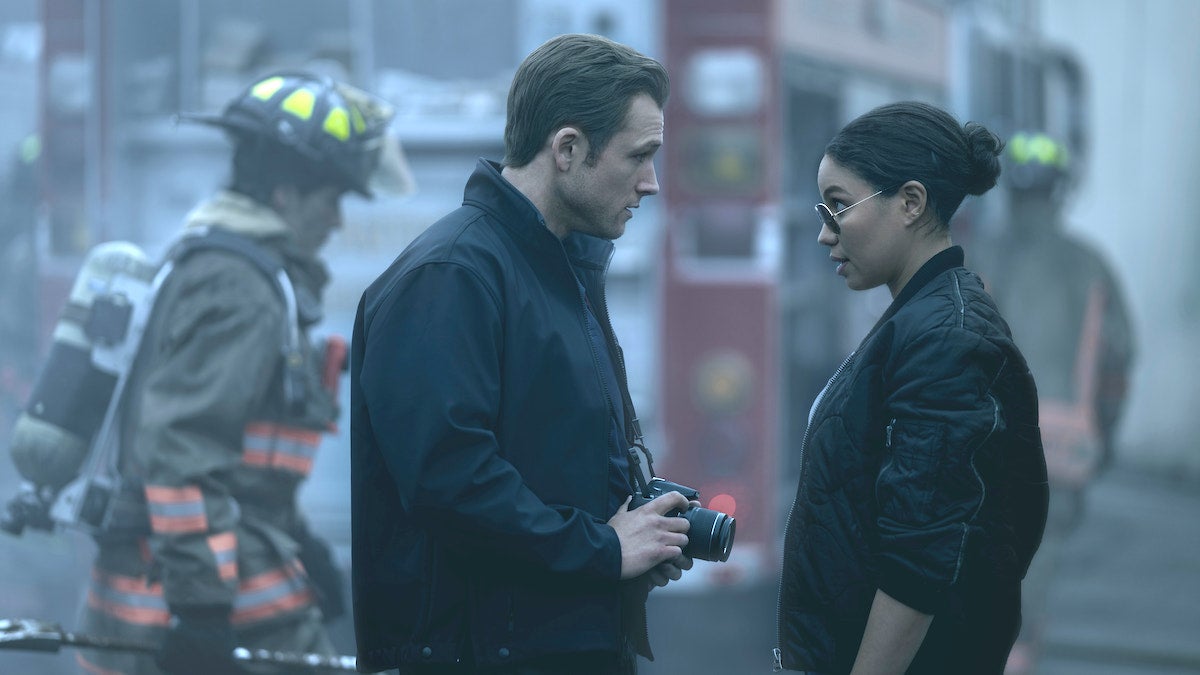


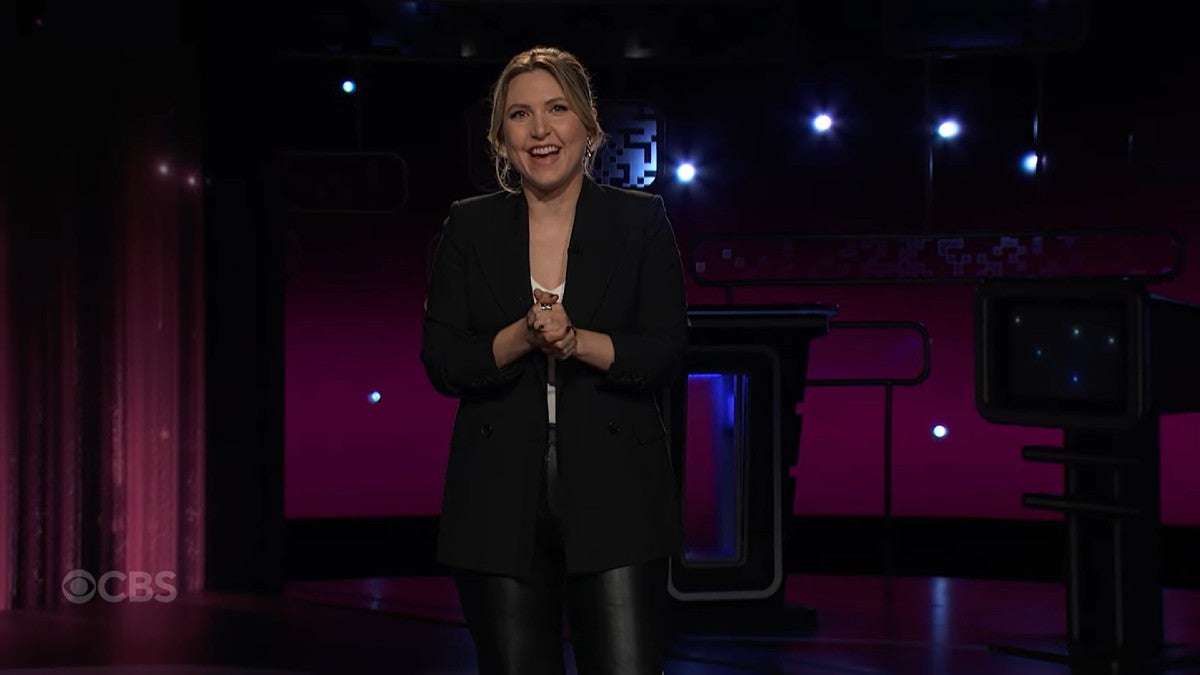

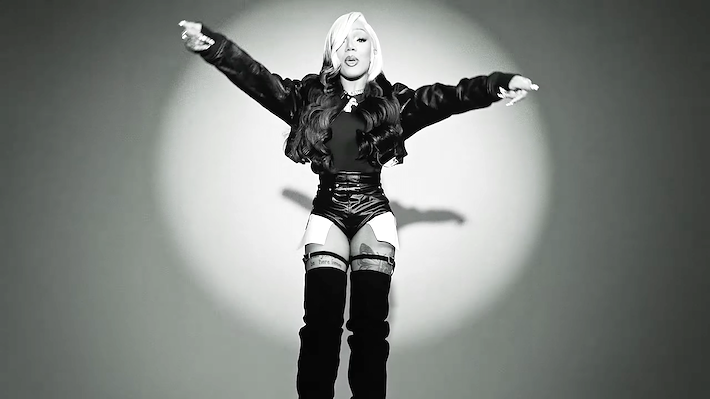



































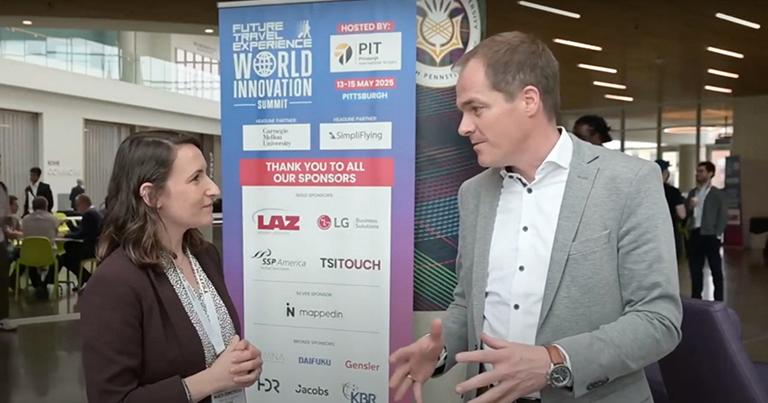


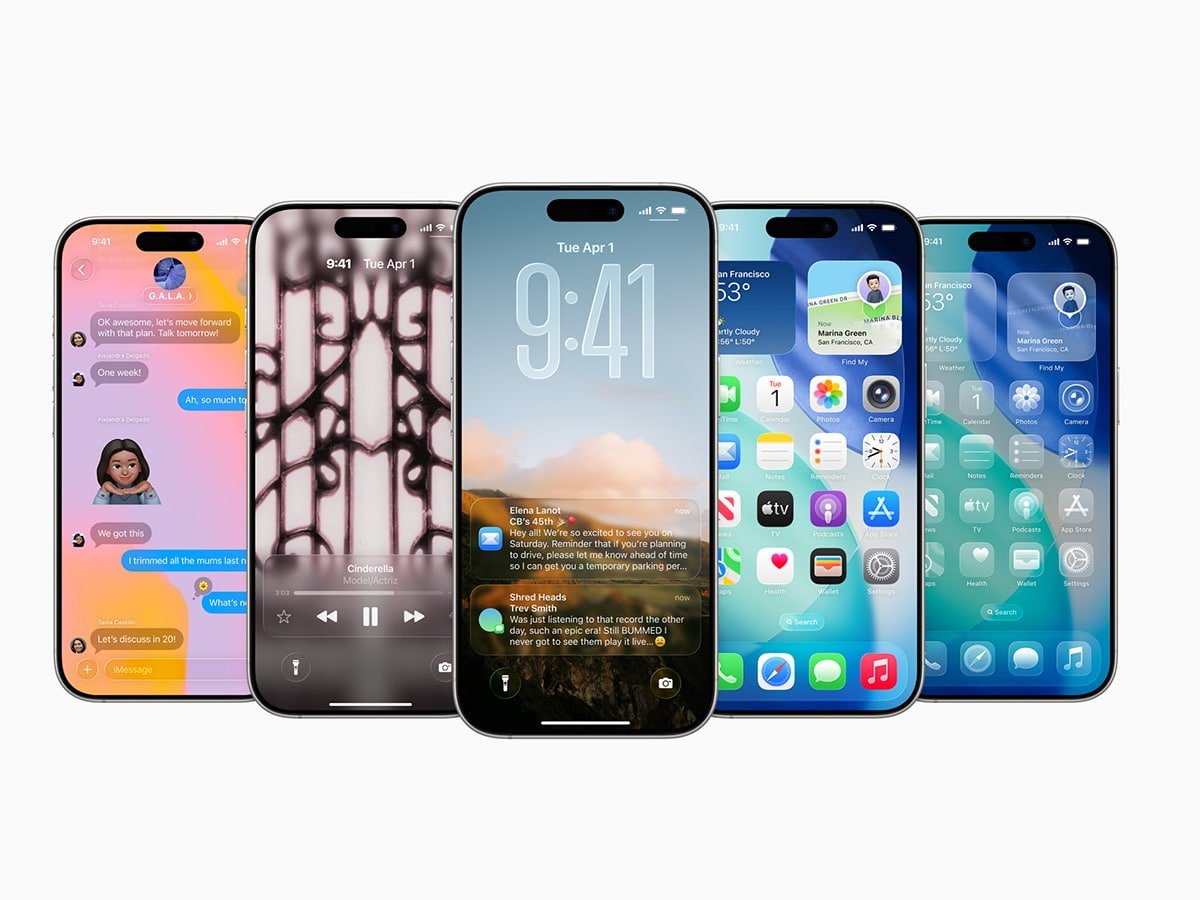




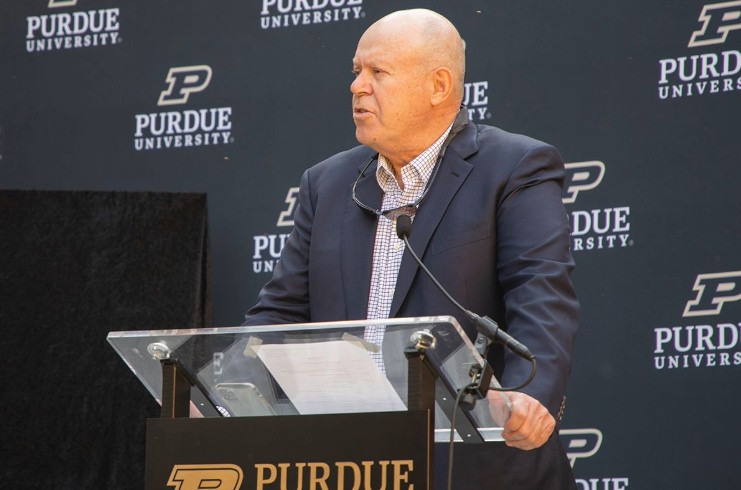





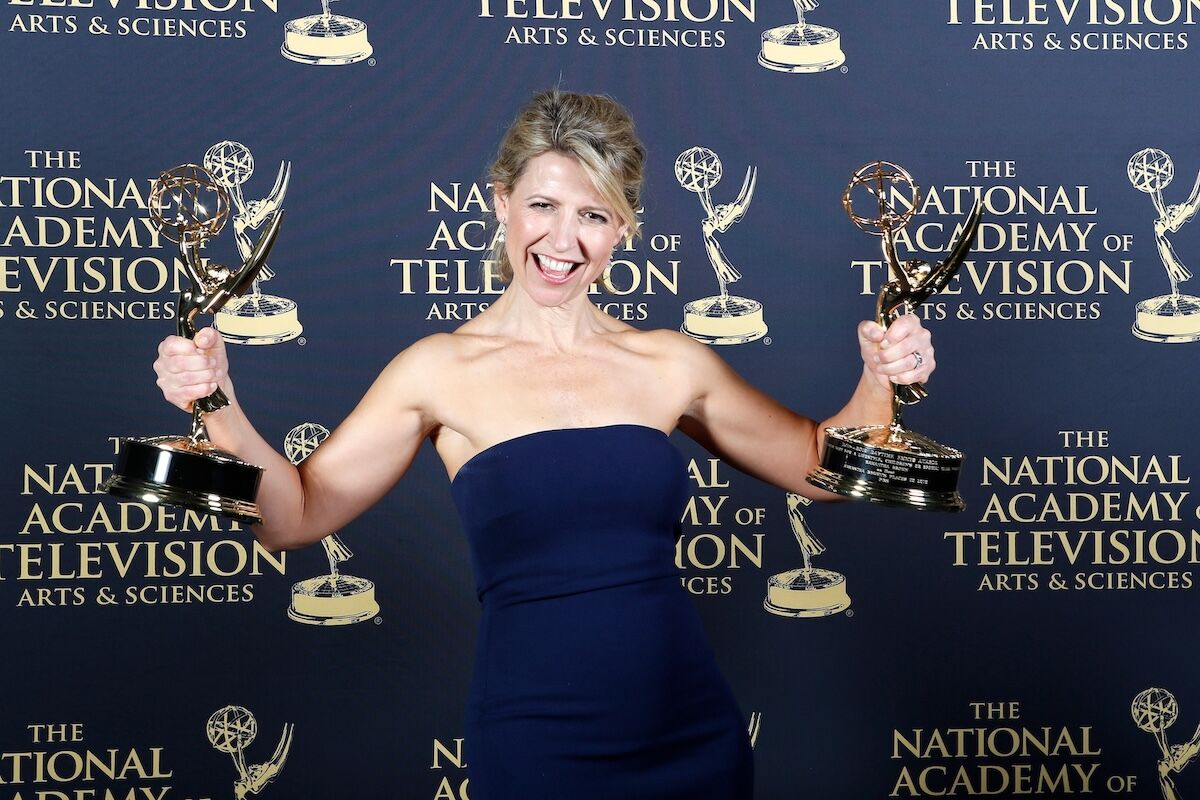
























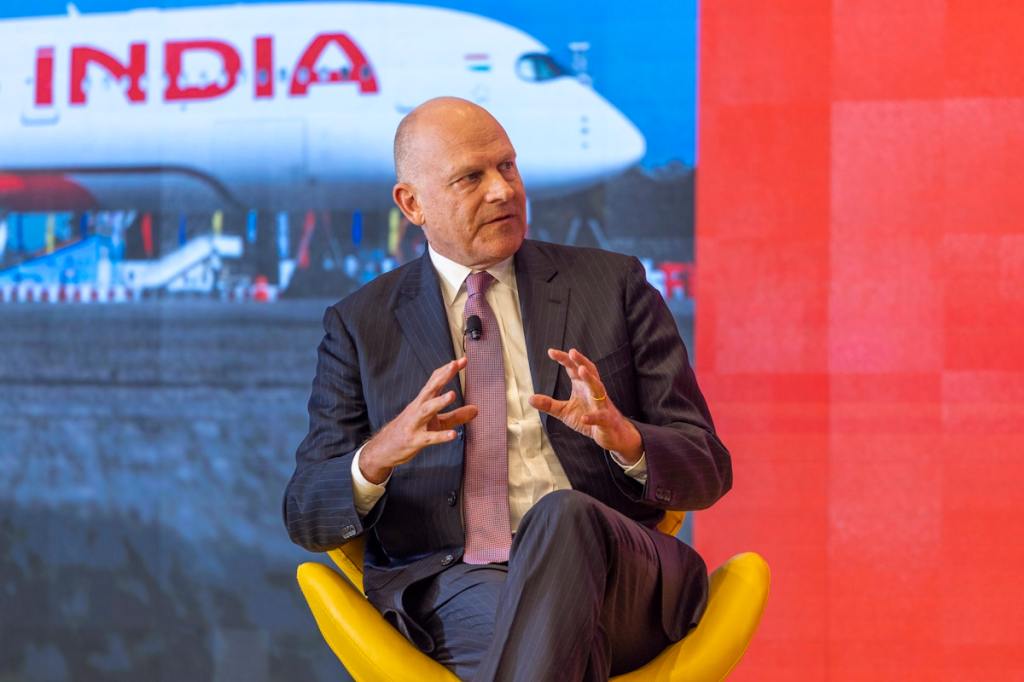






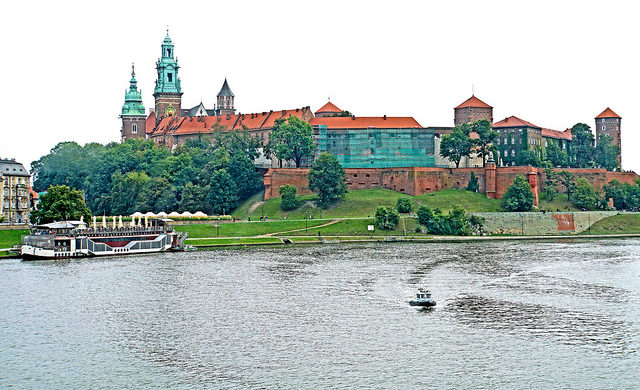

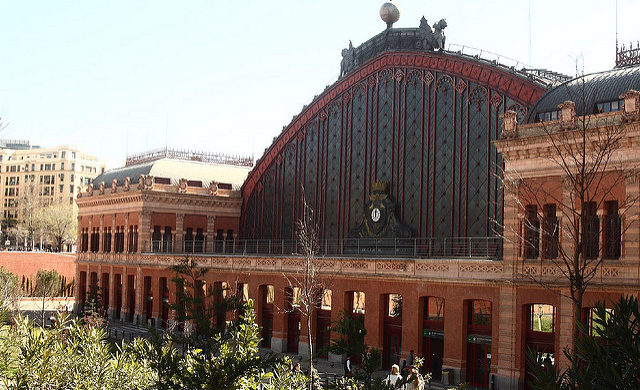

































-35-45-screenshot.png?width=1920&height=1920&fit=bounds&quality=70&format=jpg&auto=webp#)

-30-7-screenshot_0FxoE4J.png?width=1920&height=1920&fit=bounds&quality=70&format=jpg&auto=webp#)

















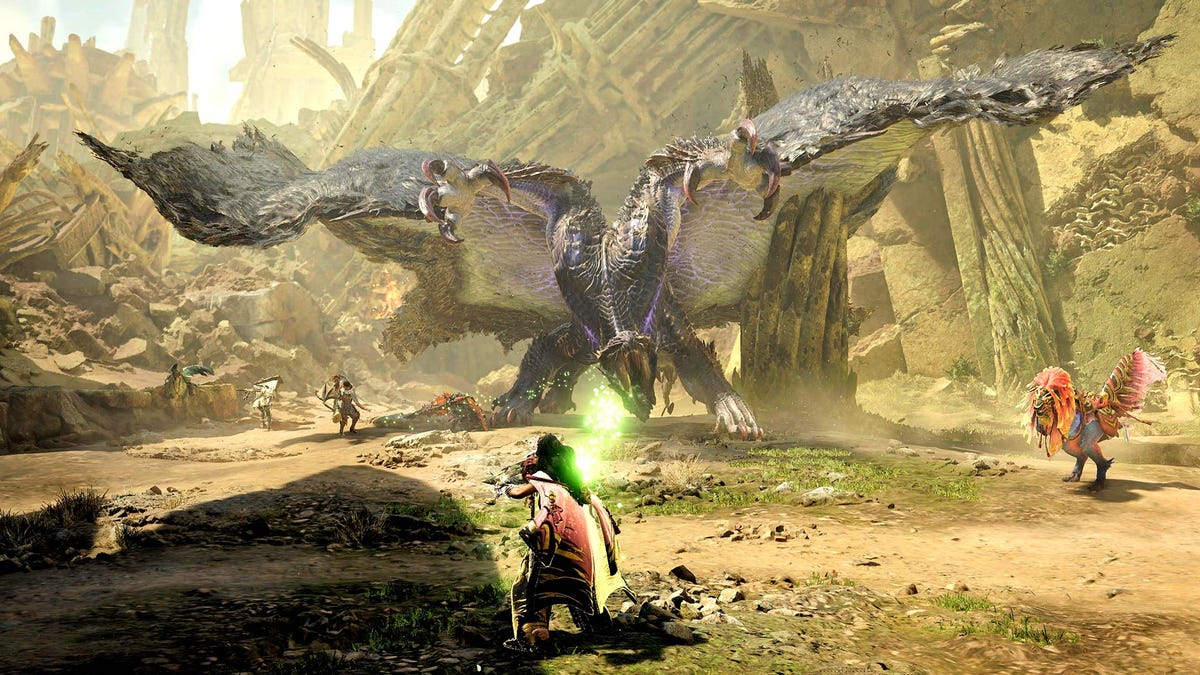
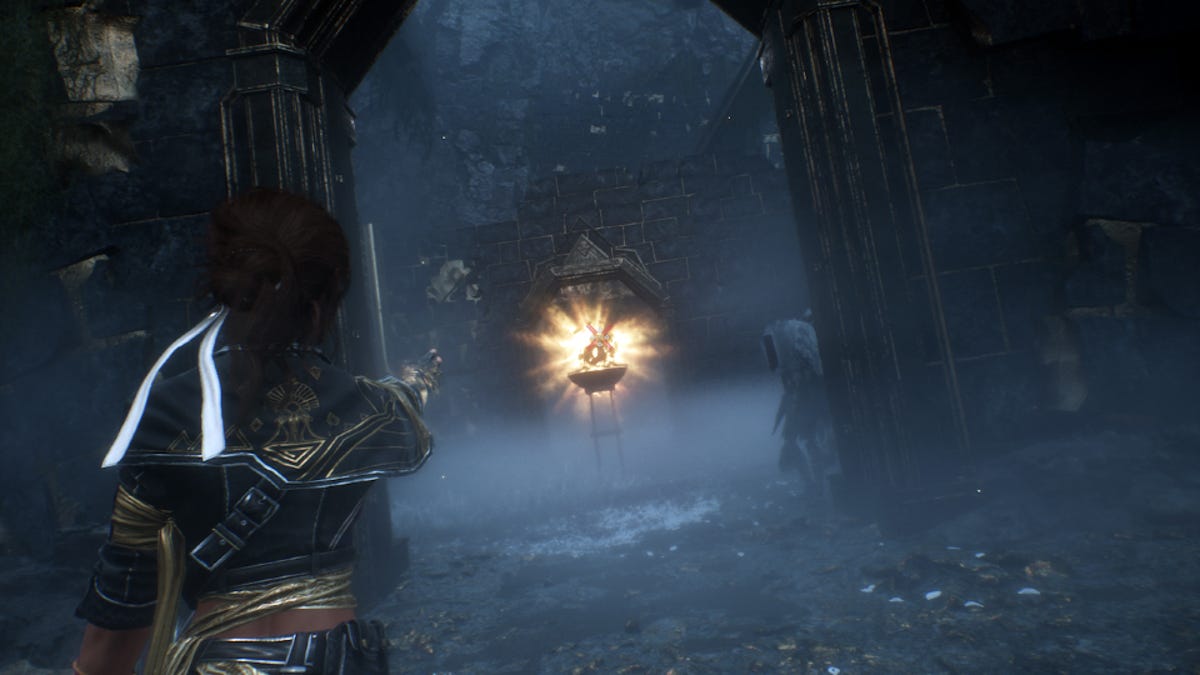
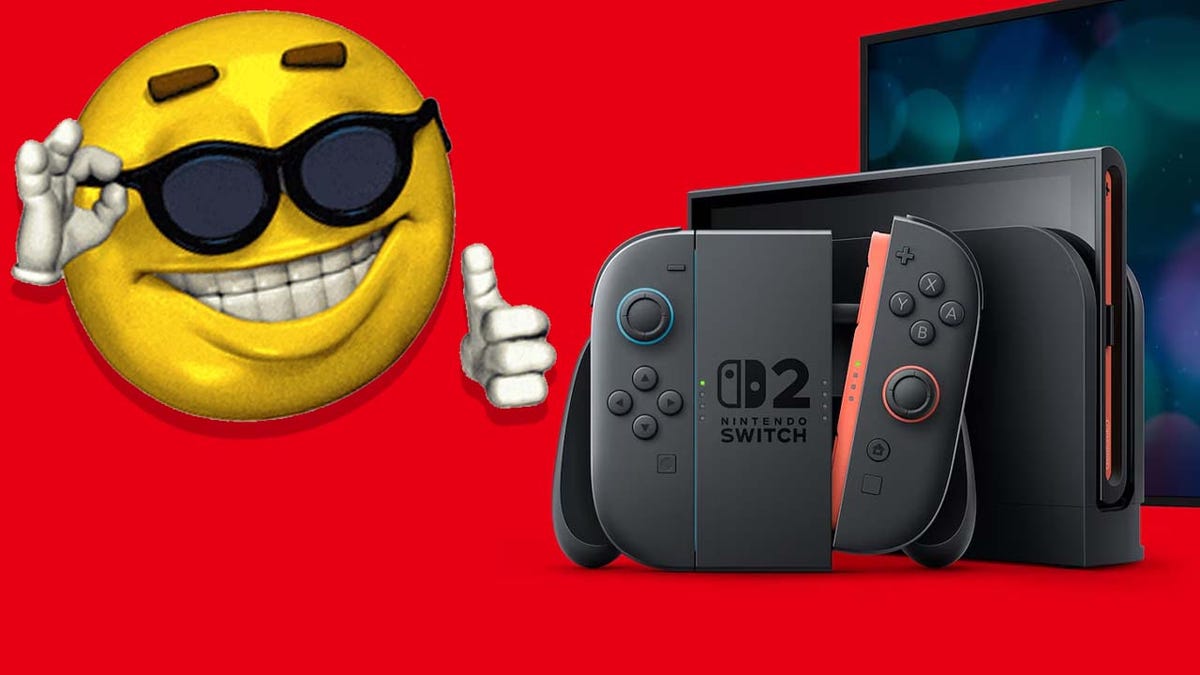






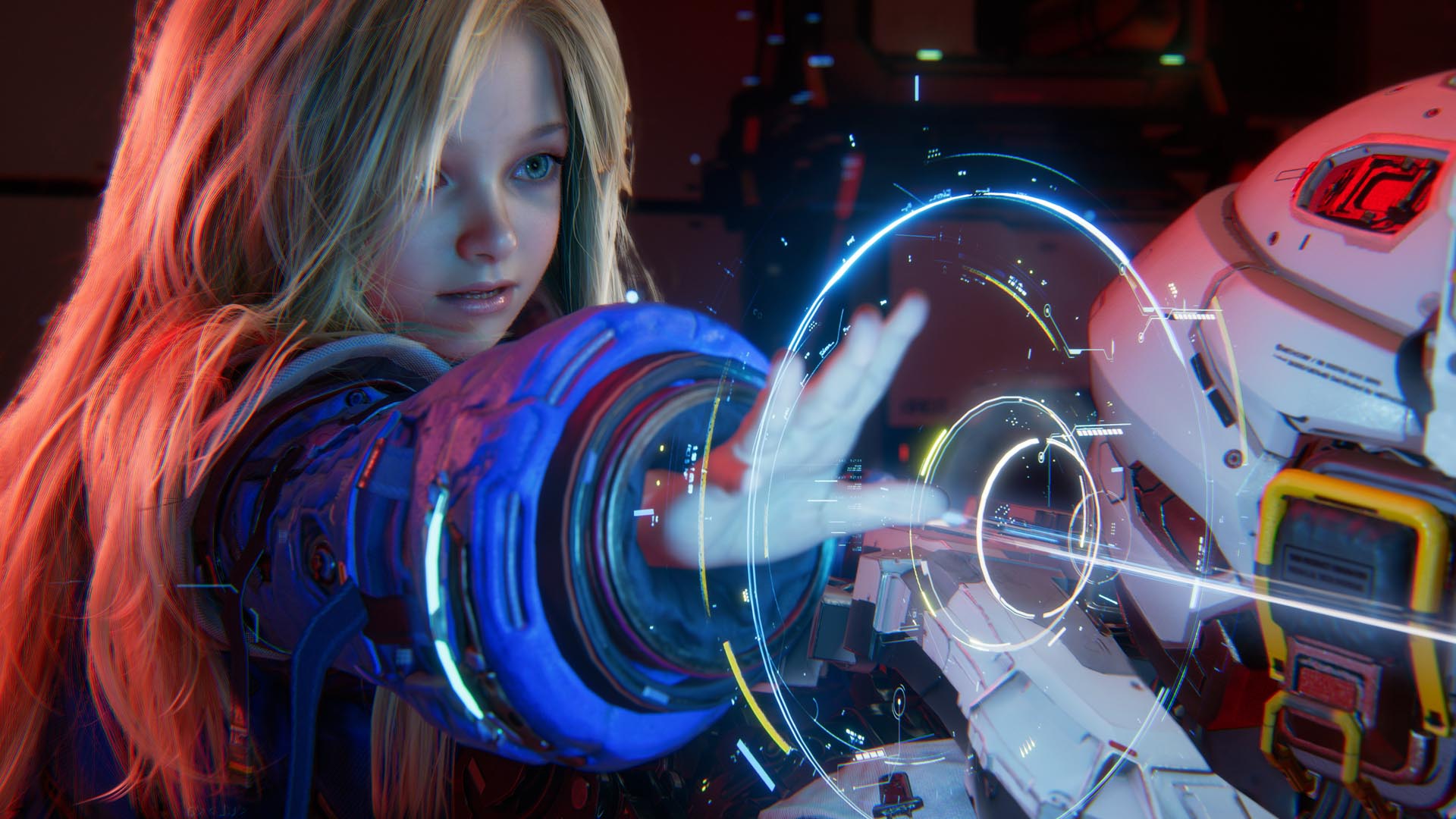

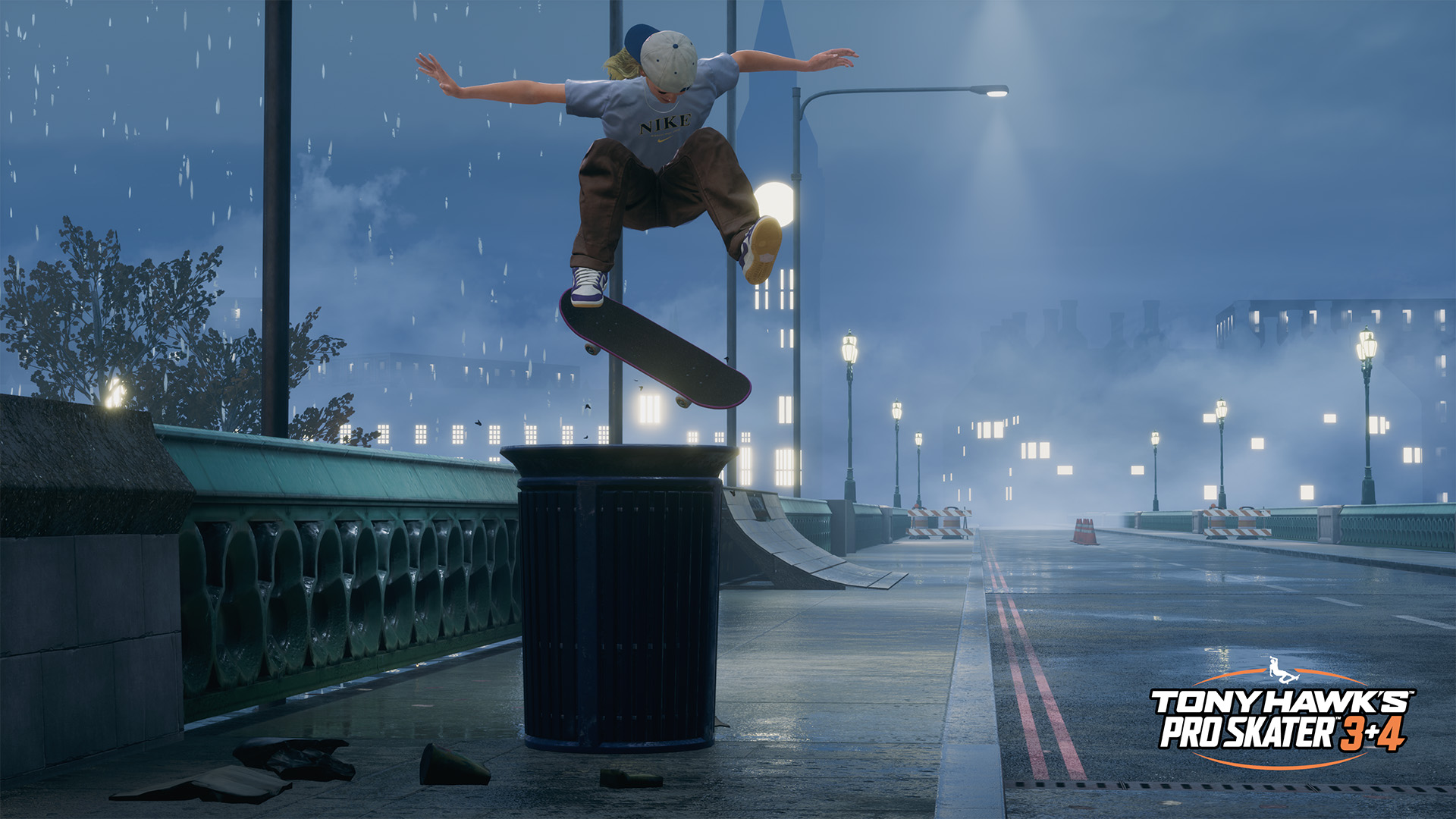










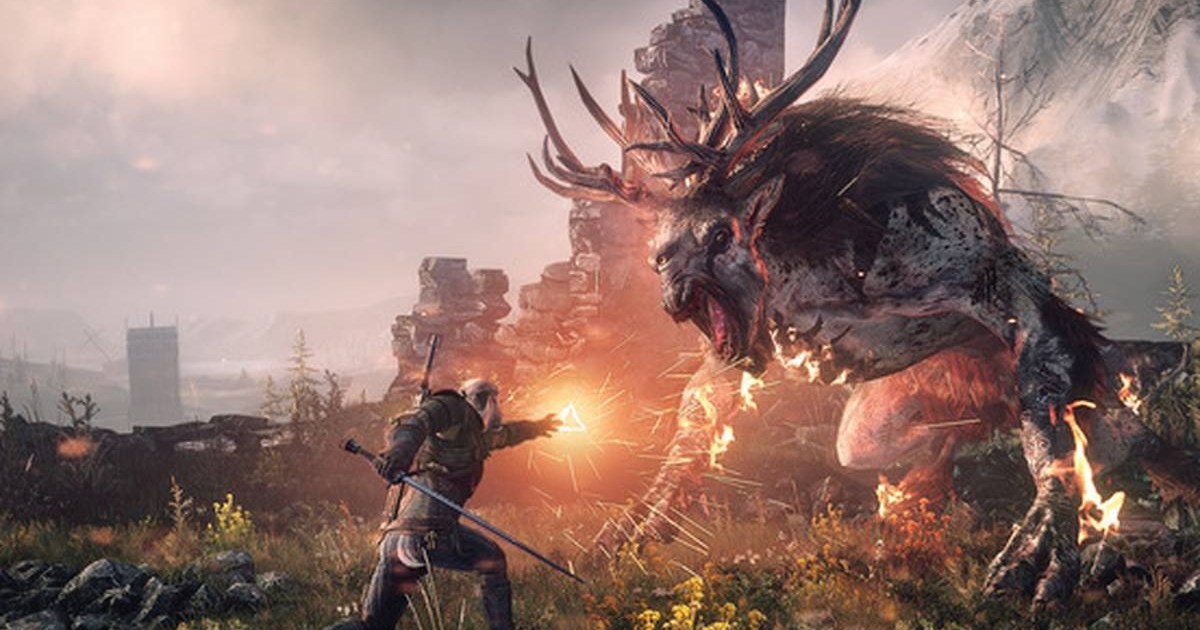

































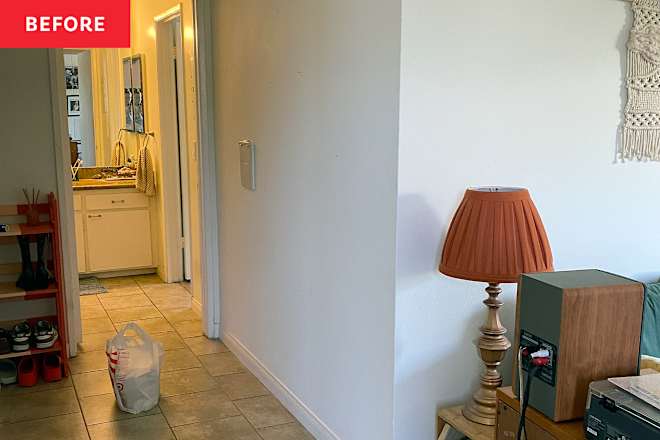

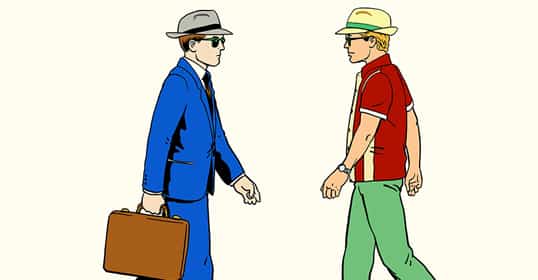








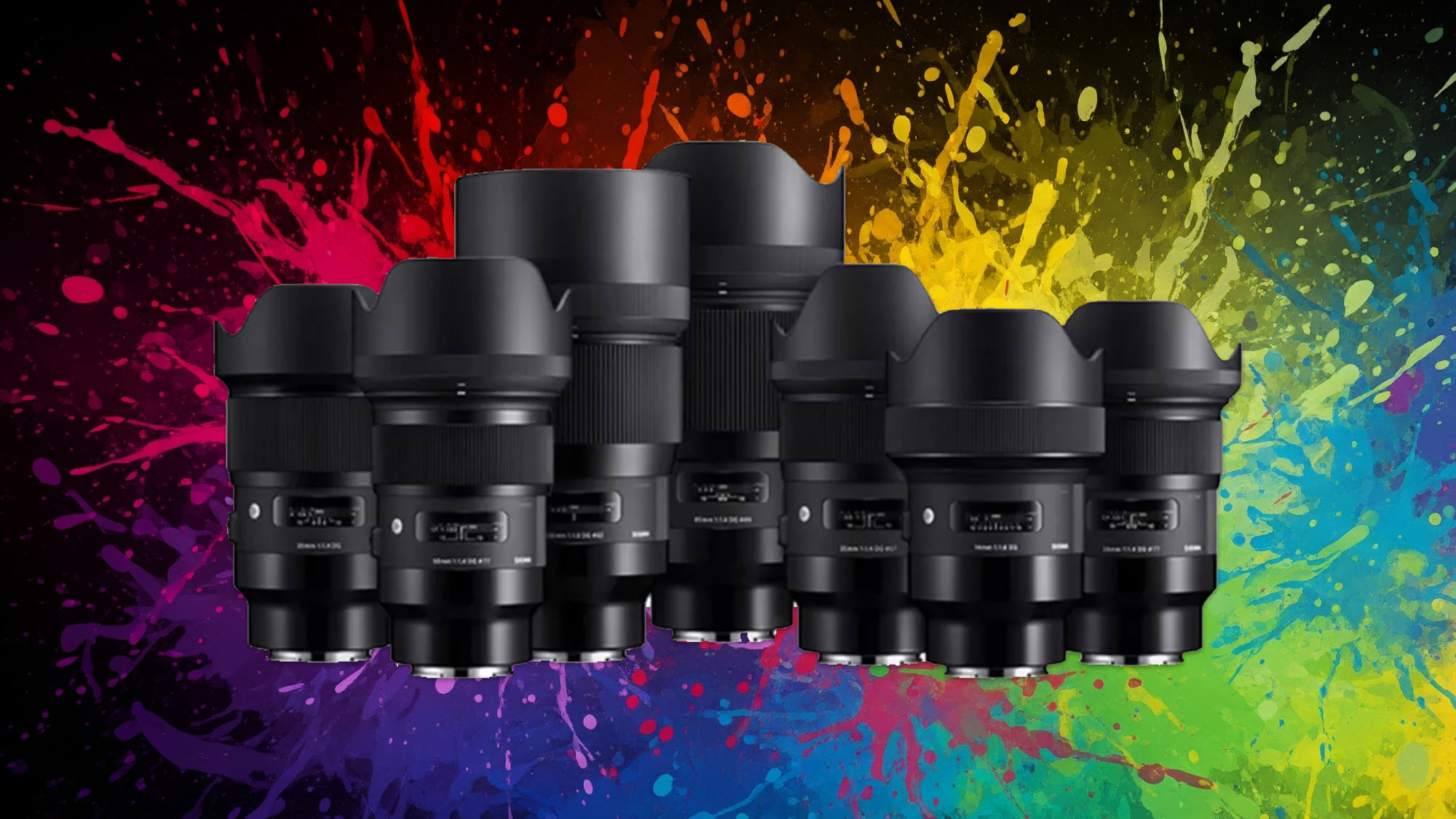


























































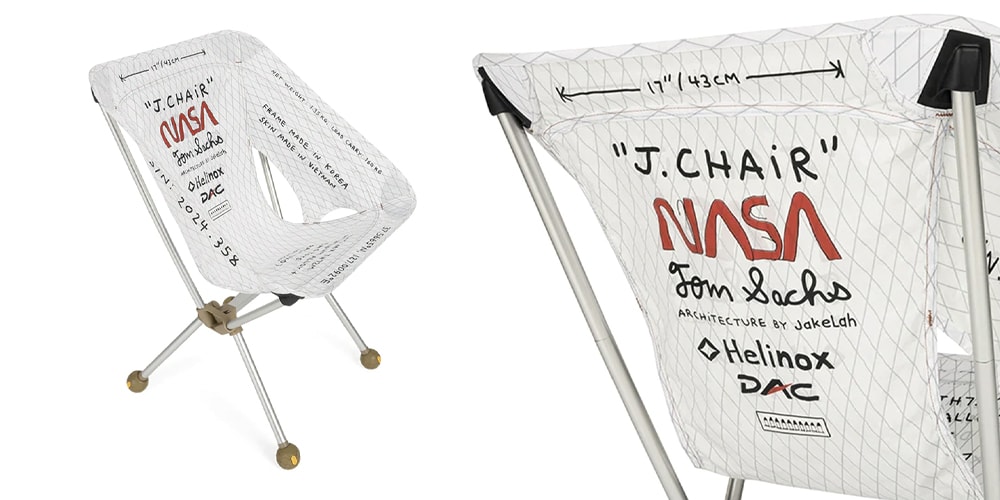
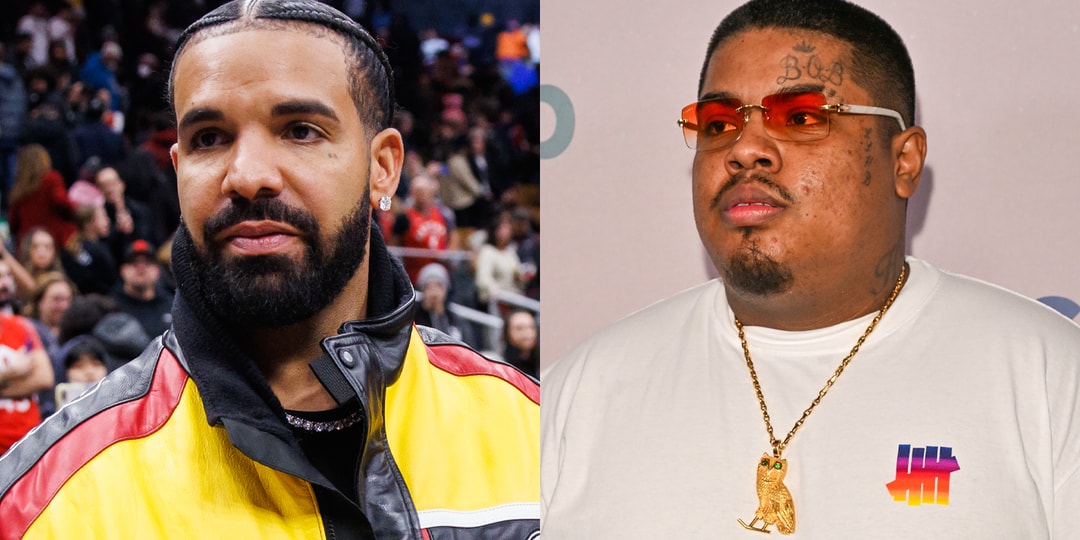
![[Podcast] Problem Framing: Rewire How You Think, Create, and Lead with Rory Sutherland](https://justcreative.com/wp-content/uploads/2025/06/rort-sutherland-35.png)


























































